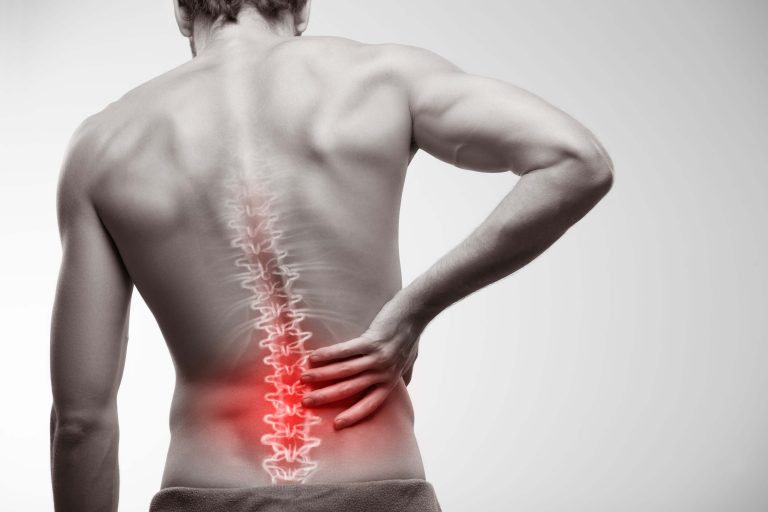Aging: it’s inevitable, yet people don’t like to talk about it
In the US right now, there are approximately 73 million people in the “baby boomer generation”, born between 1946 and 1964. The “silent generation”, born between 1927 and 1945, currently has roughly 23 million individuals. People are living longer lives on average, and with these generational groups being so large it’s important to discuss physiological changes and risk factors that occur as we age, in order to maintain optimal health while getting older.
Growing older doesn’t need to have a negative implication. The sayings “age is just a number” and “you’re only as old as you feel” are true. We all have the power to make the most of our lives, simply by taking care of our aging bodies. Yes, changes occur as we age, there’s no denying that fact, but with the right dose of healthy living and exercise we are able slow down these effects. Movement is medicine!
Loss of muscle as we age
As our body ages, the amount of muscle tissue we have gradually decreases. This process, known as sarcopenia, is a natural result of aging. However, the rate at which sarcopenia occurs is affected by our level of exercise (AKA, the “use it or lose it” concept). Basically, the more we lay around on the couch, the less our muscles are forced to do work, so they start to get smaller.
Loss of muscle mass typically begins after age 30, when on average we start to lose 3-5% of our muscle tissue per decade. For younger adults, proper nutrition and a resistance training program will help offset this loss of muscle. As we approach age 60, this process speeds up and a more sedentary lifestyle becomes the norm. It’s estimated that over 10% of adults over the age of 60 have clinically-defined sarcopenia, with this prevalence rising to over 50% in adults 80 and older.
The dangers of sarcopenia
Sarcopenia can be detrimental to the aging adult in many ways. Decreased muscle mass results in decreased strength, which can lead to difficulty with self-care activities and daily mobility. Loss of mobility limits our ability to exercise, which can lead to osteoporosis, diabetes, cardiopulmonary disease, and cognitive decline. Muscle weakness can also result in impaired balance and increased risk of falls. In 2014, an estimated 28% of adults over the age of 65 had at least one fall.
While not all falls are severe, fall-related injuries are the leading cause of death in the older population. Alarmingly, one study of individuals over 75 found a mortality rate of 24% within one year following a hip fracture. Statistics such as this paint a picture of the worst case scenario, which can be frightening. Knowledge is power, however, and it’s important for older adults to know the best way to avoid the dangers of sarcopenia and other age-related physical changes: exercise.
The benefits of exercise
A proper exercise routine has consistently been proven to lessen the neurological and musculoskeletal effects of the aging process. Exercise helps to increase muscle strength and bone density, improves A1C hemoglobin levels, decreases blood pressure, and improves lung function. Amazingly, despite these health benefits, only 8.7% of adults over the age of 75 work out on a regular basis. Some of the reasons these older adults have reported a hesitance to exercise include fear of injury or pain, fatigue, and lack of motivation or support. Some feel like they won’t be able to improve their strength as they get older, despite research indicating otherwise.
Studies show that when resistance training is performed 2-3 times per week at appropriate intensities and volumes, physiological changes can occur at any age, in both healthy adults and those with chronic conditions. These changes can lead to improvements in functional mobility (climbing stairs, standing up from a chair), ability to perform activities of daily living (laundry, yard work), and balance. A well-structured exercise program can reduce the risk of heart disease and diabetes, decrease inflammation, lessen the effects of arthritis, and slow cognitive decline.
Who knew that simply moving our bodies would optimize our health so much??? (Well, we did.)
Strength training: not just for athletes and body builders
Resistance training refers to any type of exercise that uses body weight and/or added weight (such as dumbbells and elastic bands) to improve strength. Repetitive contraction, or shortening, of the muscles against resistance places stress on the muscle fibers. In order to respond to this stress, these muscle fibers eventually increase in size (hypertrophy), allowing the muscles to contract against greater loads. Think of this as the opposite of sarcopenia.
Bodyweight exercises such as squats and push-ups are a great place to start for older individuals just getting into their workout regimen, but to see benefits over time the muscles need to be further challenged and stressed. Free weights, such as dumbbells, barbells, and medicine balls, are just some of the many ways that external resistance can be added to progressively increase strength. Elastic bands and stretch cords are portable exercise tools that allow people to exercise anywhere. Machines and cable systems found at gyms provide the additional benefit of working against resistance throughout the entire range of motion of an exercise.
Regardless of what kind of resistance training an older adult participates in, these exercises will improve muscle strength, bone density, and functional performance. The proper volume and intensity of resistance exercise will vary widely among individuals, and we also shouldn’t forget the importance of aerobic exercise and flexibility for our overall health. Every older adult should consult with a trained specialist who knows how to assess movement, prescribe a targeted exercise plan, and demonstrate proper form to prevent injuries.
Exercise doesn’t have to be a reactive approach to an injury or condition; it can also serve as a proactive approach to preventing illness, injury, and age-related changes. Strengthening isn’t just an activity for the young athlete; it’s also just as important for the older adult. We all get older – there is no stopping the process of time. We do have control over how we age though.
If you need guidance about where to start with your strengthening program, have an injury that is keeping you from exercising, or simply want to learn more about taking control of your health, FLO Physical Therapy & Performance wants to help. Contact us today to find out how individualized attention and care can help you optimize your performance in this game of life!
References:
- Centers for Disease Control and Prevention, National Center for Injury Prevention and Control. Web-based Injury Statistics Query and Reporting System (WISQARS) [online].
- Burns ER, Kakara R. Deaths from Falls Among Adults ≥65 Years—United States, 2007–2016. MMWR Morb Mortal Wkly Rep 2018;67:509–514. DOI: http://dx.doi.org/10.15585/mmwr.mm6718a1
- Fragala MS, Cadore EL, Dorgo S, et al. Resistance training for older adults: position statement from the national strength and conditioning association. J Strength Cond Res. 2019;33(8):2019-2052.




